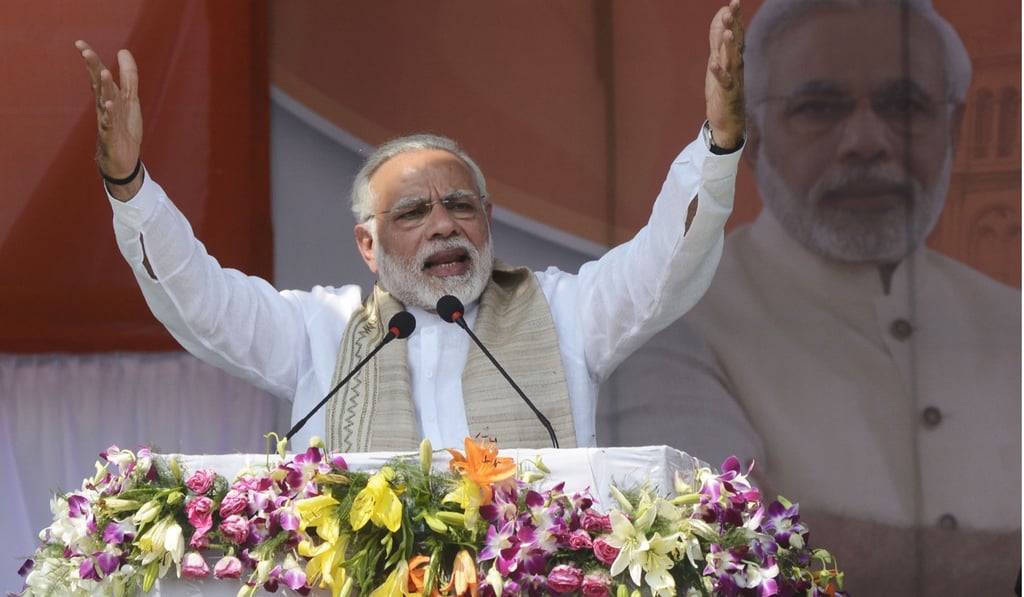Communism in India: dead or just waiting for young saviours?
- The country’s leftist movement has been decimated by Prime Minister Narendra Modi’s electoral success, reduced to a mere spectator amid this year’s frenzied campaigning
- But many communists are pinning their hopes for a revival on a new breed of pragmatic young leaders

At an election rally last Thursday Indian Prime Minister Narendra Modi accused West Bengal Chief Minister Mamata Banerjee of nepotism. Just 8km away, at her own event, Banerjee retorted that Modi had no right to talk about family given his estrangement from his wife, who for years he refused to acknowledge.
The escalating war of words is part of efforts to wrest control of crucial West Bengal – the state with the third most seats in the Indian parliament’s lower house.
But amid the frenzy of campaigning, the once-powerful communist party that ruled the state for 34 consecutive years before 2011 has been left in the dust, reduced to a mere spectator.
All major surveys indicate the Communist Party of India (Marxist) (CPI(M)) will at best win one seat from West Bengal in this election. In 2004, the organisation – the biggest of the country’s two main communist parties – won a hefty 26 of the 32 seats it contested in the state.

The 2004 poll marked a two-decade high for the alliance known as the Left Front, of which the CPI(M) is a prominent member, along with the Communist Party of India (CPI), the All India Forward Bloc and the Revolutionary Socialist Party. The front used its presence in parliament after 2004 to prop up the Indian National Congress-led government. It managed to significantly influence policy in those four years despite choosing not to have any ministers.
